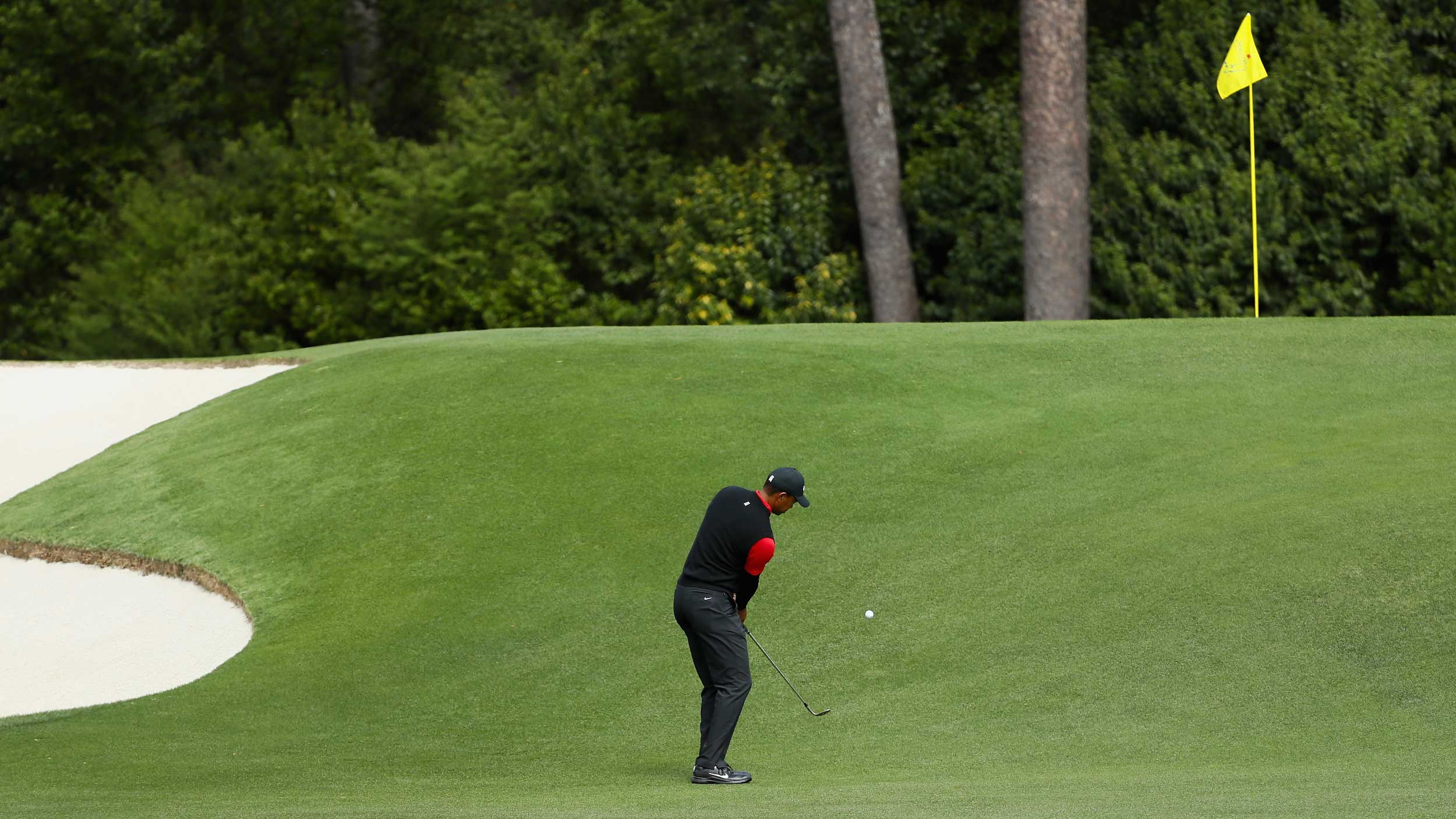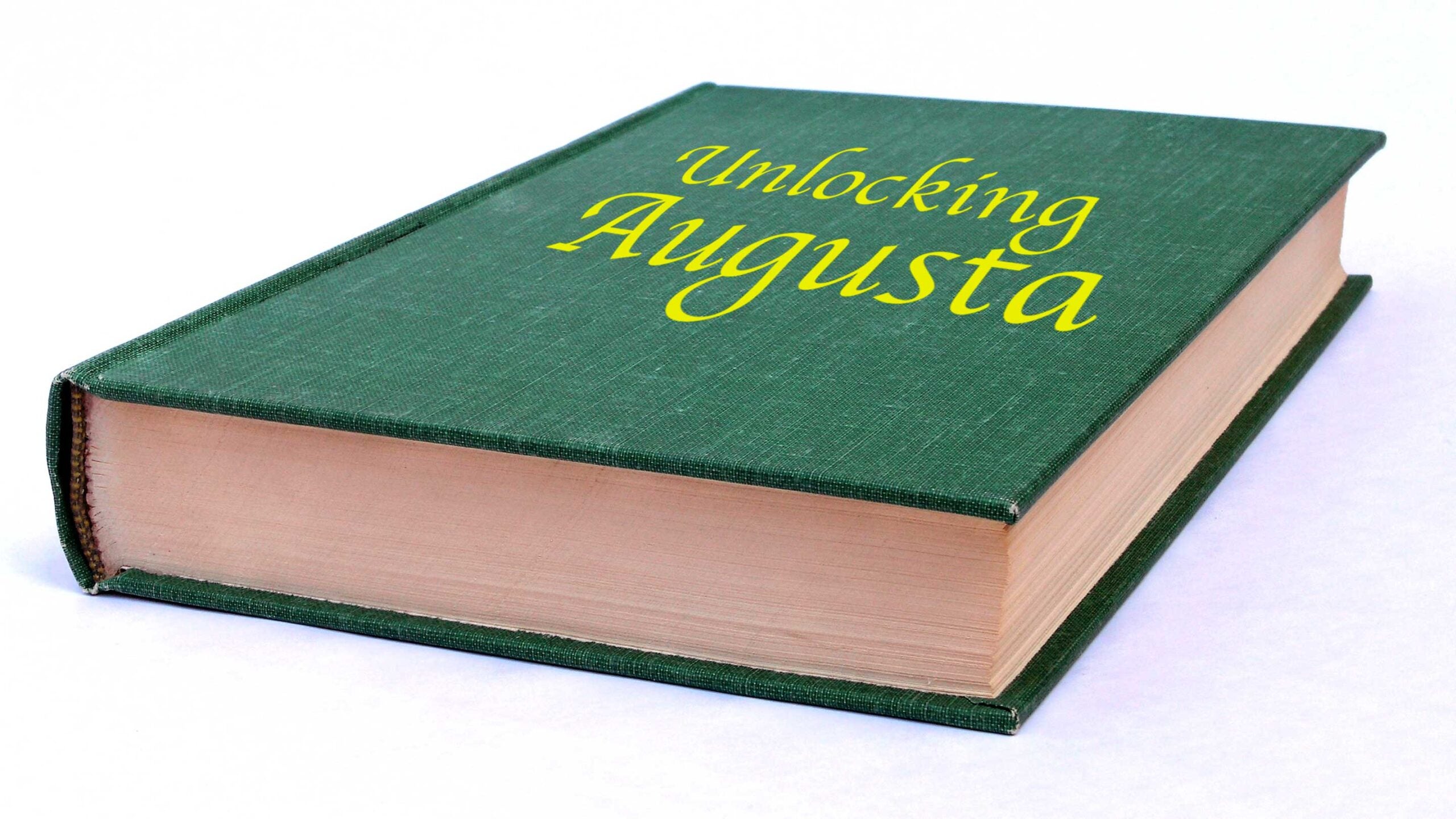Ed. note: GOLF has partnered with CDW to reveal how the best golfers in the world develop trustworthy, secure game plans for the Masters. In this series, we’ll dig in to the science and data competitors rely on to protect against the pitfalls and pressures of Augusta National.
***
Every week brings a new gift for the 50 players on the PGA and Korn Ferry tours who are clients of Scott Fawcett and his Decade course management system. These electronic packets include Google Earth photos of every hole of the tournament venue and Fawcett’s advice on how to play them. In the run-up to the 2020 Masters, Fawcett provided us a peek at what he has prepared for Augusta National. Here are 5 key takeaways that might surprise you.
1. The par-5 2nd is not an eagle hole
Writes Fawcett: “A player with length needs to draw a driver pretty hard on this hole due to the left trees. I prefer a drawing 3-wood if your stock driver is a fade. With that you should be able to get it on the green in two once, and get it around the green the other times. Use PATIENCE and DISCIPLINE on this hole to ensure you get four good looks at birdie instead of attacking too much in hopes of eagle. There were only three eagles in all of 2018!!!”
2. The short par-4 3rd is not a birdie hole
This data-first approach to course strategy is changing how pros play, including at the MastersBy: Alan Shipnuck
This short, tantalizing and occasionally drivable par-4 had a scoring average of 3.86 in 2019, meaning a par loses very little ground. Fawcett: “I firmly believe that seemingly high scoring averages on holes like this one stem from players continuing to try to make birdie even after getting the tee shot in slightly bad position. If you happen to hit it left when the pin is on the front left I believe surrendering birdie and simply trying to get it to the middle-left of the green will result in an average score of 4.2ish. By going slightly right of the hole you gain quite a bit of room for distance control, which is the main challenge. Proper strategy REQUIRES patience and discipline when you get even slightly out of position on a hole like this.”

3. The tree-choked par-4 7th? Driver all day
Fawcett: “This hole is perfectly sized to make the decision challenging. The math behind the Driving Decision Tree shows that if there are 40 yards to work with between trees you should lean towards driver. This hole is right at 40 yards. You simply won’t hit your 3-wood in the fairway much more than driver. Dropping back is giving up 30ish yards on 100% of tee shots to hopefully hit 5-8% more fairways; that is a bad tradeoff. In a 4-trial problem you just don’t hit the fairway that much more on a week-to-week basis. You will hit it in play two or three times and the club doesn’t have much to do with that due the randomness of small sample sizes. Two-iron doesn’t guarantee you hit the fairway, but it does guarantee you have a long second shot.”

4. The par-5 8th is more of a three-shotter than you think
Fawcett: “Another great example of discipline and patience (getting repetitive yet?). If you get in an odd spot off the tee, which is likely, you only need to advance it 160-180 to have 100 yards left. This fairway area is just too narrow to not hit it in the bunker or trees once or twice. It’s no big deal when something happens that you expect to happen. By all means, advance it as far as possible on the second shot, but DO NOT take on any excess risk just to get it 30 yards closer. Those 30 yards once inside 150 are worth less than a tenth of a stroke.”
5. Par is an okay score on the par-5 15th
Fawcett: “You should have a good look roughly half the time. Just like on 8 and 13, those are the times you score, obviously. It is far more important that you don’t overdo aggression when you are out of position, let trying to hook a 4-iron around the trees or something silly. If you can average 4.35 on your good tee shots and 4.9 on the out-of-position ones, you will beat the scoring average.”






